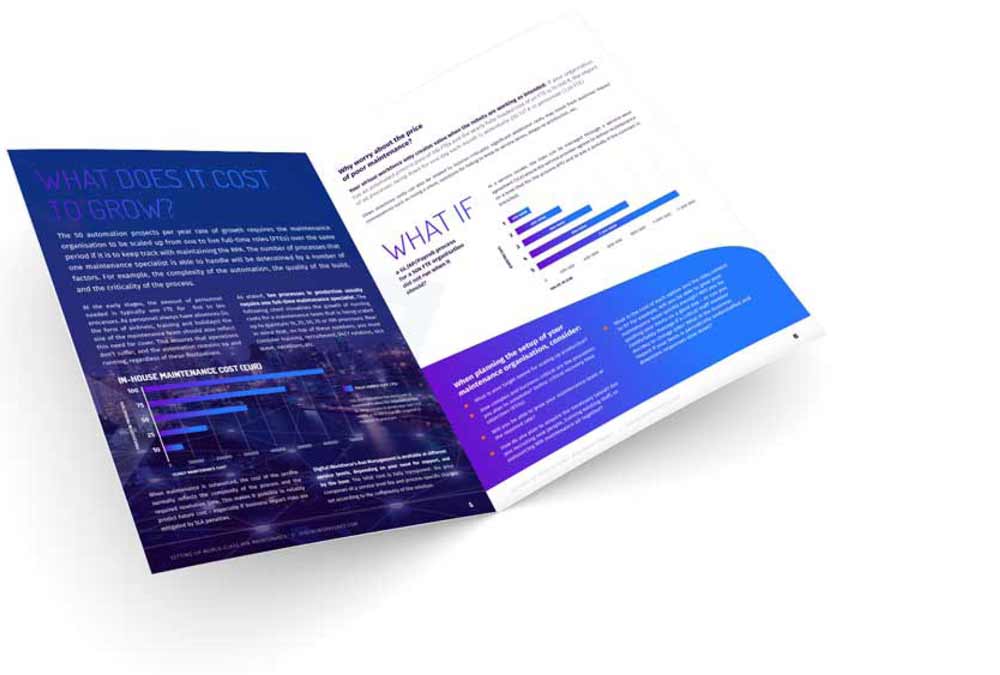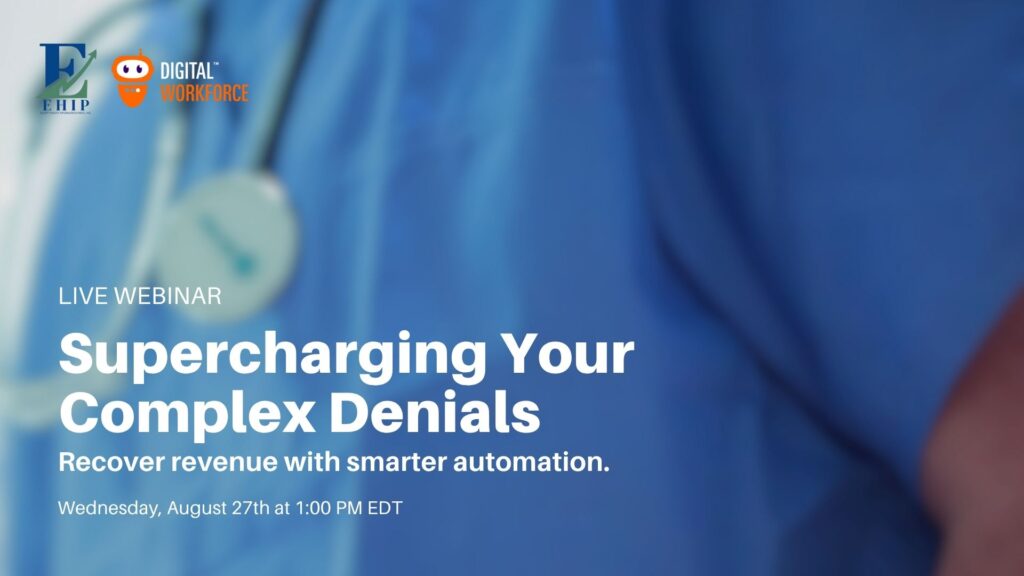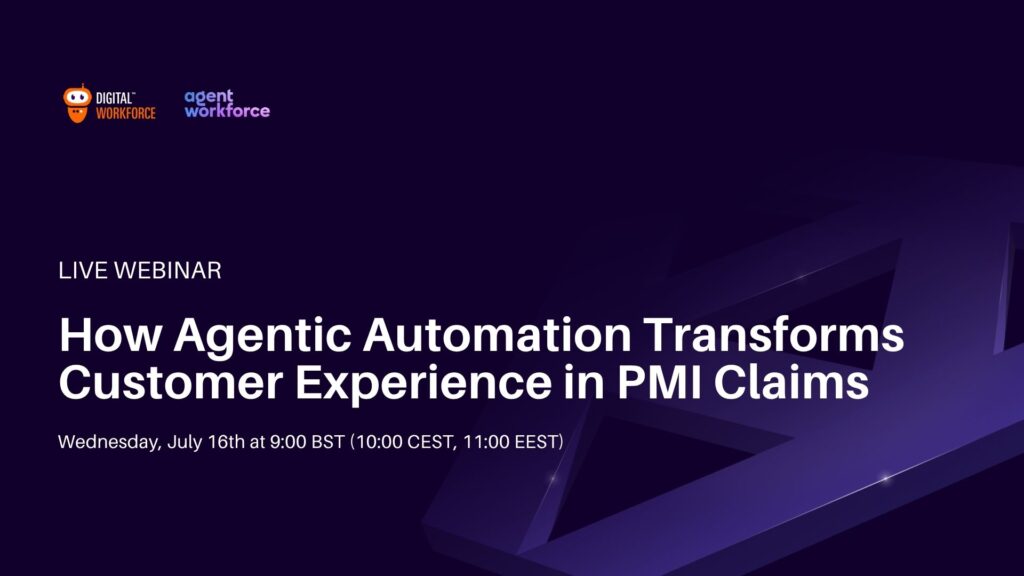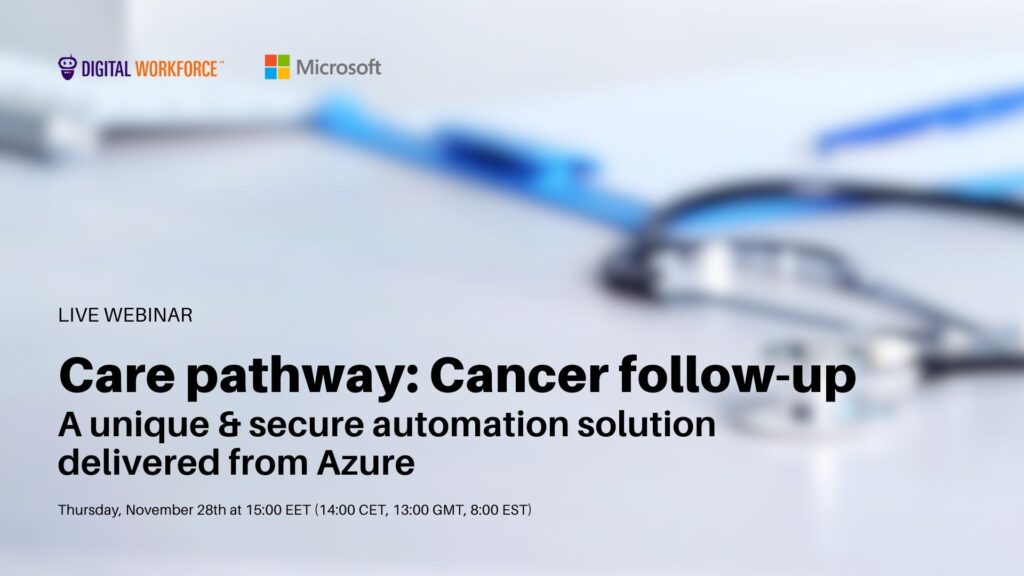Building RPA at Helsinki University Hospital (HUS): Discussion with Minna Pekkala, Head of Robotics
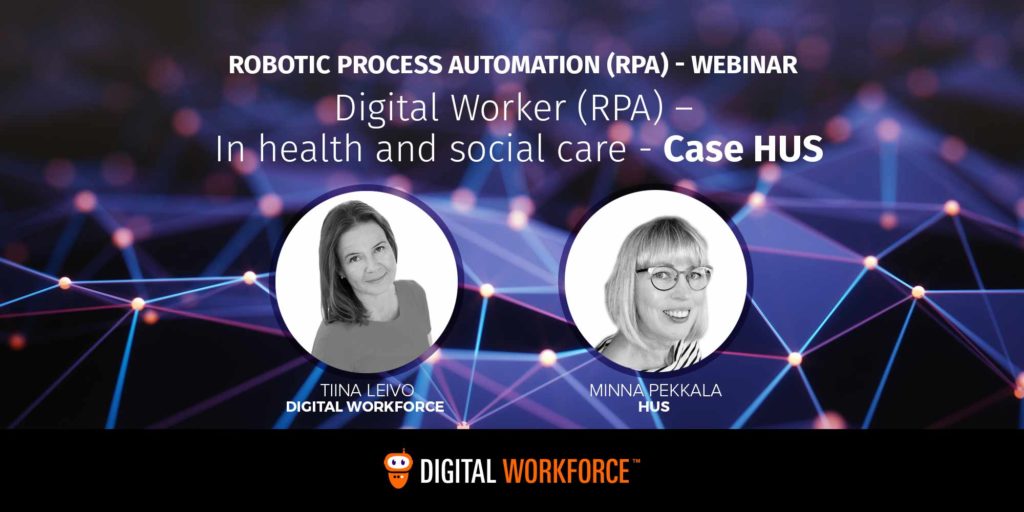
Finland’s largest Hospital District, HUS – The Hospital District of Helsinki and Uusimaa – is a joint authority formed by 24 municipalities. Functioning as part of HUS, Helsinki University Hospital (HUH) is nationally responsible for treating severe and rare illnesses and ones calling for special expertise and technology. HUS hospitals employ over 24,000 professionals in 23 locations and received a total of 2,6 million patient visits in 2017.
Summary of our webinar with Minna Pekkala, Head of Robotics at Helsinki University Hospital (HUS)
How are digital workers delivered at HUS?
“HUS’s digital workers are delivered as a service (by Digital Workforce). This means we don’t have to buy our own licenses or servers, manage or update hardware, or worry about scalability. We think that the cost of service is predictable, and believe this can help us be cost-effective. We use service delivered from Azure cloud and Blue Prism (Robotic Process Automation, RPA) technology. We had already tested the technology over 2 years ago when we had our Proof-of-Concept.”
How is Robotic Process Automation managed?
“Because we are a large organisation we wanted to make sure that the project management wouldn’t be split in different units. That is why our (RPA) management is centralised in our IT management. Our duty is to make implementation possible and offer RPA development across the organisation.”
“We hit ‘go’ 7-8 months ago. With RPA, we want to help our employees automate routine processes and allocate more time to actual patient care.”
How do you choose processes for automation?
“When we choose potential processes to automate we put weight on cost savings: How much is the work going to cost and what is the actual return on investment?”
“We have also required that the workflow can be copied. This means that the same process can be run in several different units. And of course, in our operating environment we always think about patient safety and customer quality.”
What has been done so far?
“At the moment we have two different processes in production and four more will follow soon. All in all, we have identified more than 50 potential processes and already 13 of those are in building.”
“Examples of our pilot processes include:
1) RADU-referrals: These radiology request forms are currently working in two different units, but we have 30 locations where the process can be copied.
2) Virtual referrals: Our hospital gets over 300 000 referrals a year. RPA is in operation at 6 locations doing classification, transfer and handling of referrals. If you think about scalability, we have still 37 more units where we can help with receiving referrals and redirecting them to specialists (by expanding the automation). We can use Machine Learning to help classify referrals.”
What have you learned?
“It’s not possible to communicate too much – to deploy RPA you have to concentrate on change management! Few people really know what Robotic Process Automation is and it raises questions among employees and management. People may be afraid of replacement so you need to commit management. The message of why we use RPA must come from line managers. Change often happens slowly in large organisations. There many parties and actors and everyone has their own opinion. You also can’t forget IT – without IT you can’t bring technology to use.”
“Then processes you are going to automate: Who owns them, who knows them best, who can give permission for (RPA) production? Does the process need changes to be automated with RPA? “
“Finally, you have robots, the users. Robots need identity. They have user access, but the robots are not human individuals and in certain systems it may cause problems. Robots can’t learn new system features without their model of work being updated. RPA updates must be synchronised with system changes.”
“RPA is not the final step. You must be ready to think about other options and possibilities as well. For example, RPA with Machine Learning can be very productive.”
Do you have a steering group for RPA?
“We do have a steering group. We have a head doctor who is responsible for clinical processes, a person from our administrative unit and two managers from IT management. We decide priorities, cost locations and project funding.”
“In my opinion, it is important that we have people involved from different sides of our organisation because we need to consider the benefits of the whole hospital.”
What expertise do u need to operate robotics in large scale?
“We buy software as a service (from Digital Workforce) and we do have a Centre of Excellence, but at the moment its only me. In the future, I would like us to have a project manager and perhaps a technical architect is also needed.”
What is your target for next year? How many processes will you automate?
“At least 50. But we would like closer to 100. Cost efficiency grows with scaling up.”
What do you think are the greatest obstacles when starting with RPA?
“It’s a lot of work to build the service up, I would recommend having a project manager for running tasks. In general, it’s good to have more hands and heads put together.”
Want to learn more? Listen to the complete webinar recording here.
Read more about RPA in health and social care
More webinars
New guide!
Setting Up World-Class RPA Maintenance
Why you need it and how to set it up
